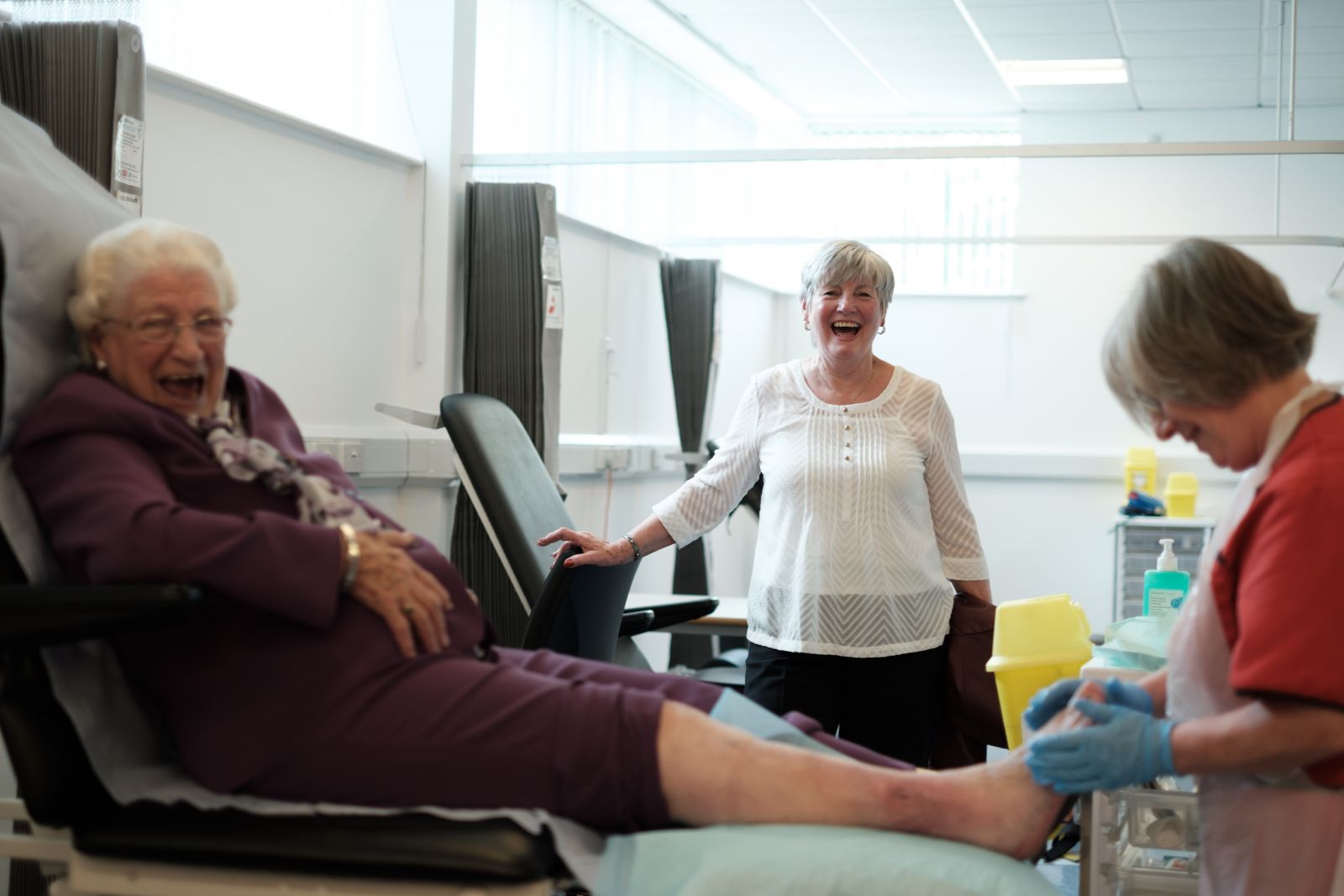Epidermolysis Bullosa (EB)
Epidermolysis bullosa (EB) is a general term used to describe a group of rare inherited skin disorders that cause the skin to become very fragile.
In people with EB, any trauma or friction to the skin can cause painful blisters.
Types of epidermolysis bullosa
There are three main types of EB, which are described below. The condition is classified according to where in the various layers of skin the blistering takes place.
Epidermolysis bullosa simplex (EBS), where blistering occurs in the upper layer of the skin (the epidermis). This is the most common type of EB, accounting for 70% of cases, and tends to be milder than the other types.
Dystrophic epidermolysis bullosa (DEB),where blistering occurs below the basement membrane zone in the upper part of the dermis. DEB accounts for around 25% of cases.
Junctional epidermolysis bullosa (JEB), where blistering occurs at the junction between the epidermis and the dermis (lower layer of the skin) in a layer of skin known as the basement membrane zone. JEB accounts for around 5% of cases and is usually considered the most severe type of EB.
There are many variants of these main types of EB, each with slightly different symptoms. So far, researchers have classified 27 variants of the condition and more may be identified in the future.

More information on this condition is available form the Debra
website.
About DEBRA
DEBRA is the national charity that supports individuals and families affected by Epidermolysis Bullosa (EB) – a painful genetic skin blistering condition which, in the worst cases, can be fatal.
The DEBRA vision: a vision of a world where no one suffers from the painful genetic skin condition Epidermolysis Bullosa (EB).
DEBRA focuses its work in two areas:
1. Funding pioneering research to find effective treatments and, ultimately, a cure for EB.
2. Providing care and support to individuals and families living with EB.
About EB – ‘The worst condition you’ve never heard of’
- EB is a group of currently incurable genetic skin conditions which cause the skin to blister and tear at the slightest touch. In some cases it also affects internal linings and organs
- There are three main types of EB: Simplex, Dystrophic and Junctional
- In its most severe forms EB is fatal. Even in its least severe forms it can still cause lifelong disability and pain
- Excessive blistering creates scar tissue which can cause fingers and toes to fuse together, and could lead to an aggressive form of skin cancer
- Blisters often have to be drained and dressed every day – a painful procedure which can take several hours
- There are at least 5,000 people living with EB in the UK and about 500,000 worldwide. This means that one in 17,000 live births are affected by EB
- One in 227 of us carry a defective gene that causes EB.


